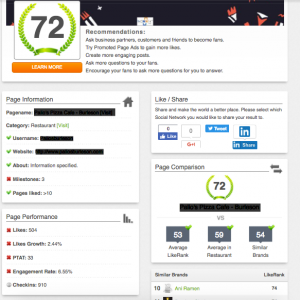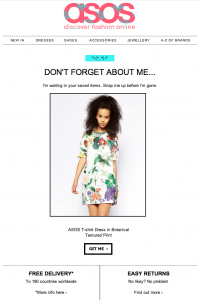Why Most Brands Aren’t Thinking About Media Holistically
Many brands plan from the bottom of the funnel up: Many marketers are heavily focused on their bottom line, which of course makes sense — but this means they also miss important branding and engagement opportunities. If the media isn’t attributable, they don’t want to see it in their media plan.
If you’re doing this, you can only expand your business so much. There is opportunity to move toward a more full-funnel strategy to help grow your pipeline and customer base. We know customers typically go through multiple touchpoints before making a purchase decision, and a full-funnel media approach helps ensure we are reaching users throughout their customer journey to increase brand visibility, nurture leads, and ultimately drive conversions.
They stick to “typical” channels and don’t understand the full customer journey: With so many different platforms available, it’s tempting to focus solely on one or two that seem to be performing well. However, a more holistic approach that considers the entire customer journey can lead to cross-platform exposure, helping you reach a wider audience and increasing overall visibility and results.
Start by determining where your audience spends their time. What platforms do they use most, and when? By digging deep into your customers and then diversifying your media strategy, you open up opportunities that you may have missed otherwise.
For example, we’re seeing an uptick in ecommerce brands investing in more traditional channels. They’ve maximized and/or have hit a diminishing return on ad spend in digital, and want to reach new people within the physical world.
They focus on strategy rather than the “Big Idea”: In the world of advertising, media has always been an afterthought. This line of thinking has been embedded in the industry for decades. Traditionally, advertising has focused on the creative idea and how that idea showed up across TV, radio, and OOH.
Even today with the amount of customer data we have at our fingertips, the advertising approach tends to lead with the “big idea” first, and the consumer second. As media is increasingly more fragmented, and it’s becoming harder for brands to reach and engage audiences, it’s imperative for marketers to lead with a customer-centric strategy. Who is the audience that we’re trying to reach, how are they spending their time with media, what do they care about, who influences them, how as a brand can we help support them, and how can we make their customer journey seamless?
These insights will ultimately lead to better creative thinking. The creative idea should support the strategy — not the other way around.
(1)







